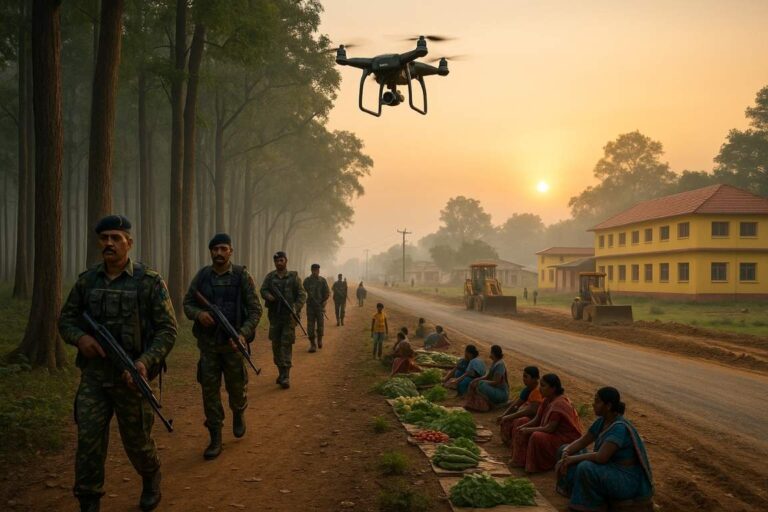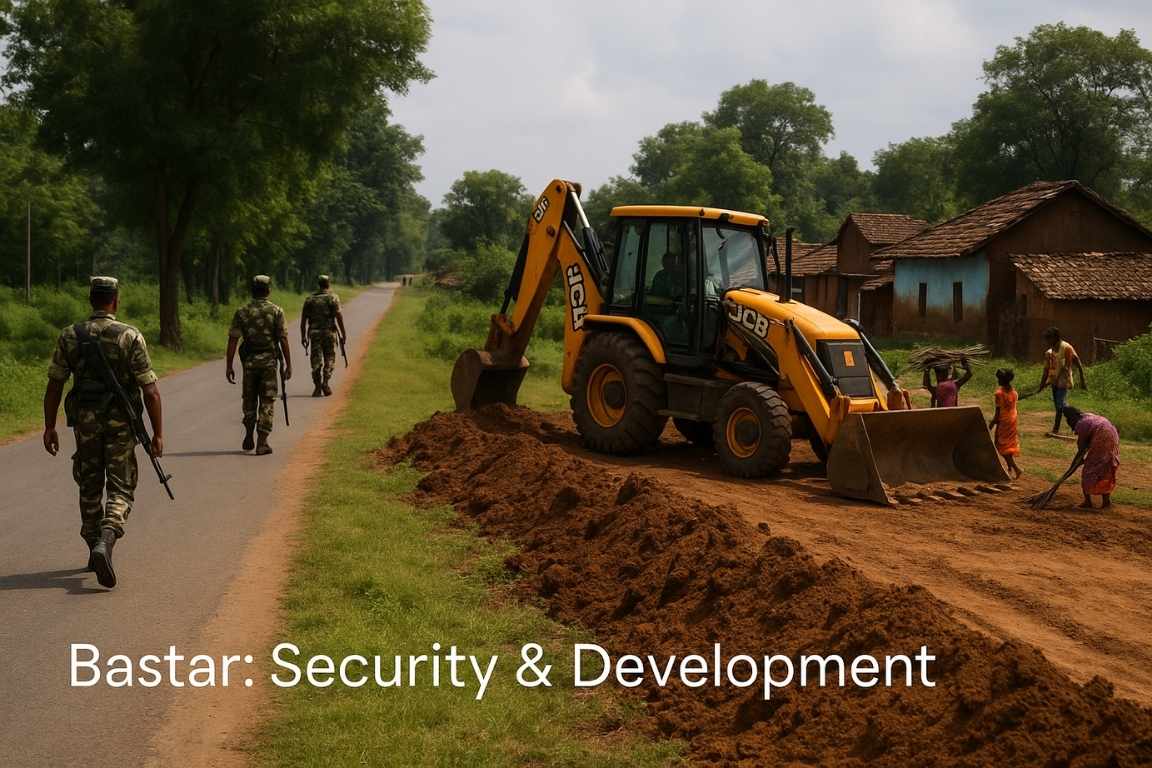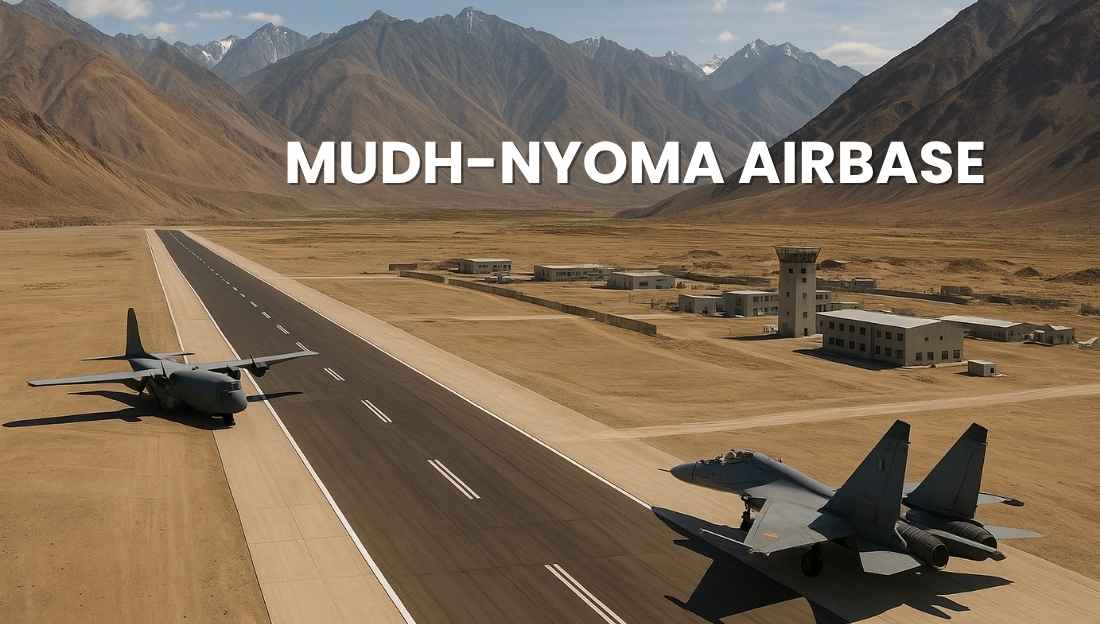Chhattisgarh Chief Minister Vishnu Deo Sai stated that Naxalism in Bastar has been largely eliminated due to strong security operations and government efforts.
Background
- Bastar region in southern Chhattisgarh has long been a Naxal (Maoist) stronghold, hampering development and governance.
- The new “double-engine government” (Centre + State) aims to combine security measures with development initiatives.

Naxalism: Progress in Elimination
- Intensive Security Operations: Over the last 19–20 months, several top Maoist leaders have been neutralised. Regular recovery of weapons shows operational success.
- Central Support: Prime Minister and Home Minister set a target to eradicate Naxalism by March 2026.
- Dialogue Still Open: Government invites Maoists to surrender and join mainstream development. A rehabilitation policy is being prepared for those giving up violence.
Development Vision for Bastar
- Tourism Promotion: Bastar’s natural beauty and tribal culture to be developed as a tourist hub.
- Agriculture & Dairy Focus: Support for tribal farmers and dairy cooperatives to boost local economy.
- Industrial Investments: State received ₹7 lakh crore proposals through investor meets in India and abroad. Aims to create employment and infrastructure growth.
Religious Conversion Law
- Upcoming Legislation: A strict law on religious conversion to be tabled in the winter session.
- Objective: To prevent forced conversions based on poverty, illiteracy, or inducements. Individuals will need to seek official permission before conversion.
- Government’s Stand: Law protects voluntary choice, does not restrict religious freedom.
Government Security Forces Fighting Against Naxalism in India
- COBRA (Commando Battalion for Resolute Action): Elite force under CRPF specialized in anti-Maoist operations. Trained in guerrilla warfare, jungle combat, and intelligence-based operations.
- Special Task Force (STF): State-level elite police units in Naxal-affected states. Conduct targeted operations, raids, and rescue missions in coordination with central forces.
- Greyhounds: Elite anti-Naxal force in Andhra Pradesh and Telangana. Known for swift hit-and-run operations in forested terrains.
- Local Police & District Reserve Guard (DRG): Involves trained local tribal personnel familiar with terrain. Supports central forces in intelligence gathering and community policing.
NAXAL MOVEMENT
Origin and Ideology
- Began in 1967 at Naxalbari, West Bengal, led by radical communist leaders demanding land reforms.
- Advocates armed struggle against the state to overthrow the existing system, inspired by Maoist ideology.
- Initially focused on landless peasants and tribal rights, later expanded to broader anti-state activities.
Spread and Evolution
- 1970s–80s: Spread to Jharkhand, Chhattisgarh, Odisha, Andhra Pradesh, Bihar, Maharashtra, and Telangana.
- 1980s–90s: Formation of CPI (Maoist) and consolidation of various left-wing extremist groups.
- Strategy shifted from localized peasant revolt to organized guerrilla warfare targeting police, government installations, and infrastructure.
Hotspots Today
- Red Corridor: Main Maoist-affected region across Chhattisgarh, Jharkhand, Odisha, Bihar, Maharashtra, Telangana, and West Bengal.
- High-intensity states: Chhattisgarh (Bastar), Jharkhand (Palamu, Latehar), Odisha (Malkangiri), Maharashtra (Gadchiroli), Telangana (Sukma).
Conclusion
Chhattisgarh is combining security, dialogue, and development to transform Bastar. Focus on peace, investment, and inclusive growth marks a shift from conflict to prosperity.





